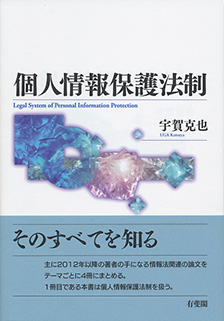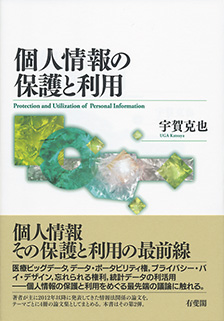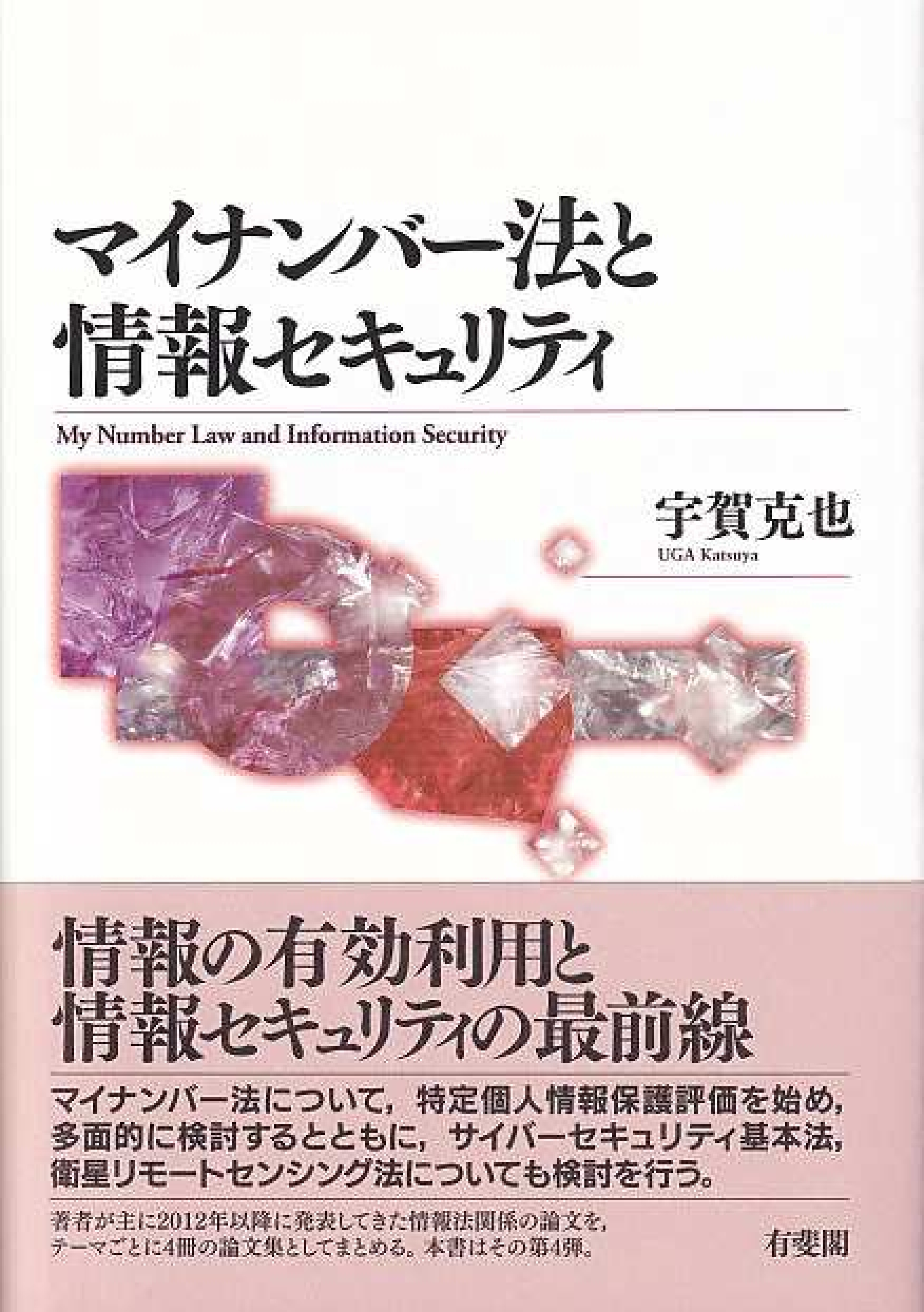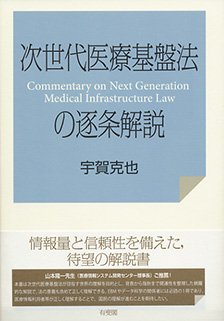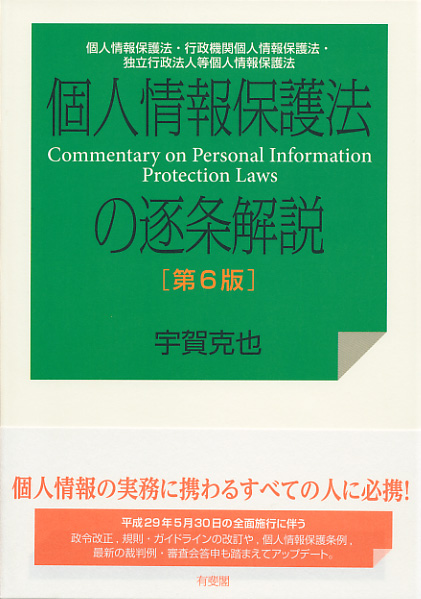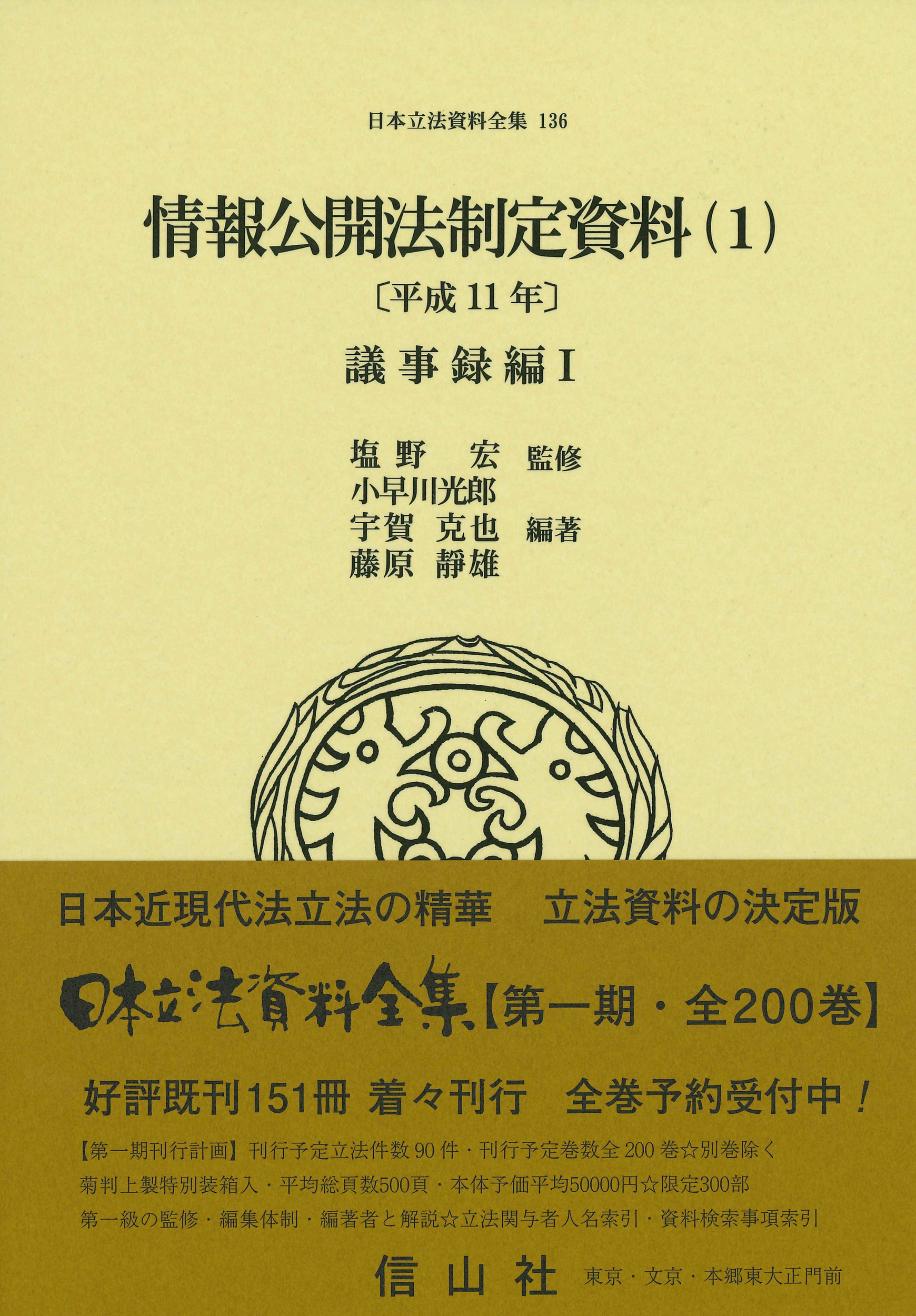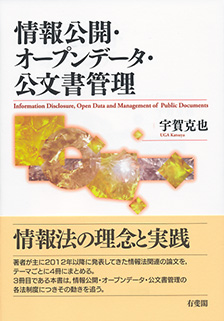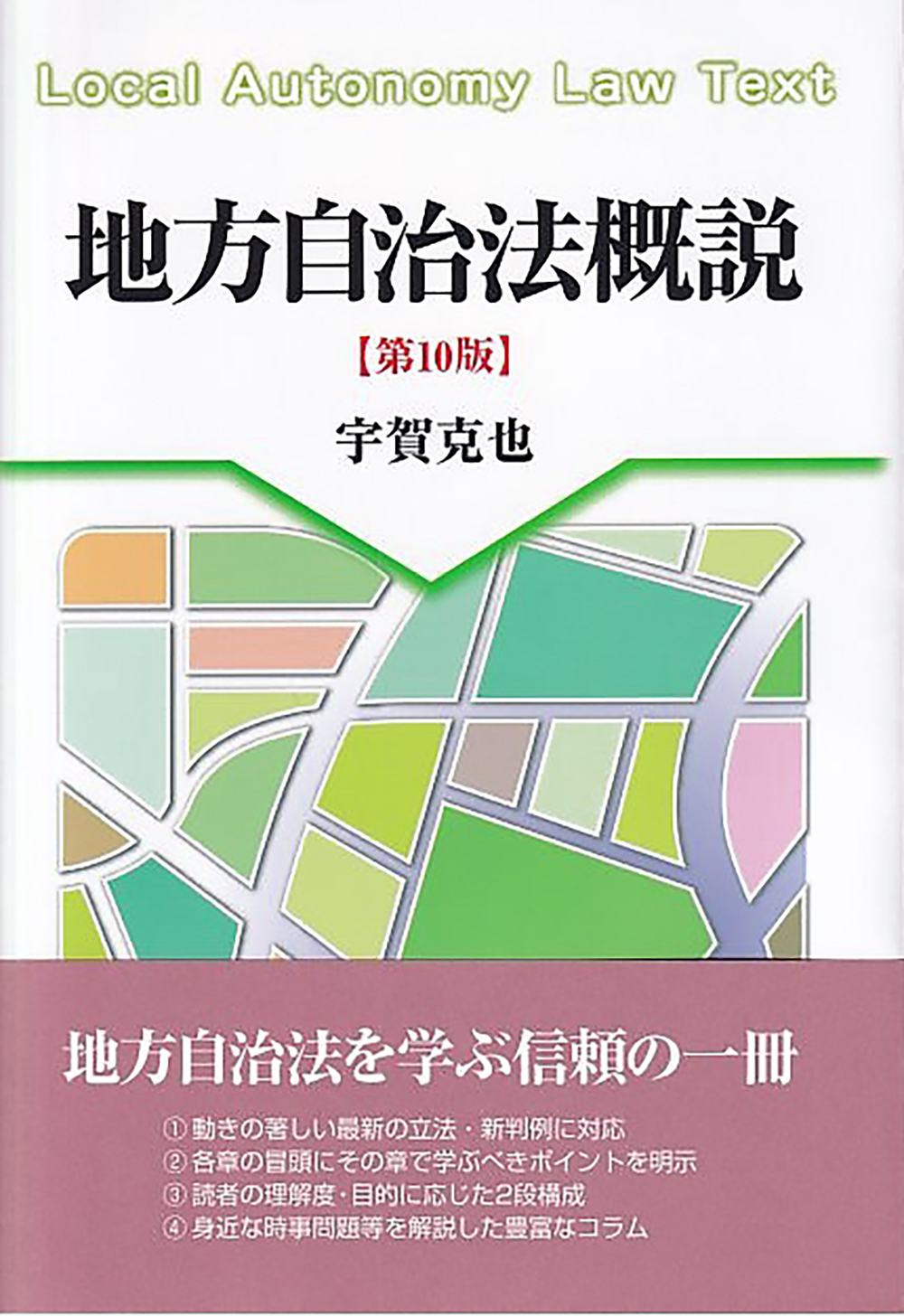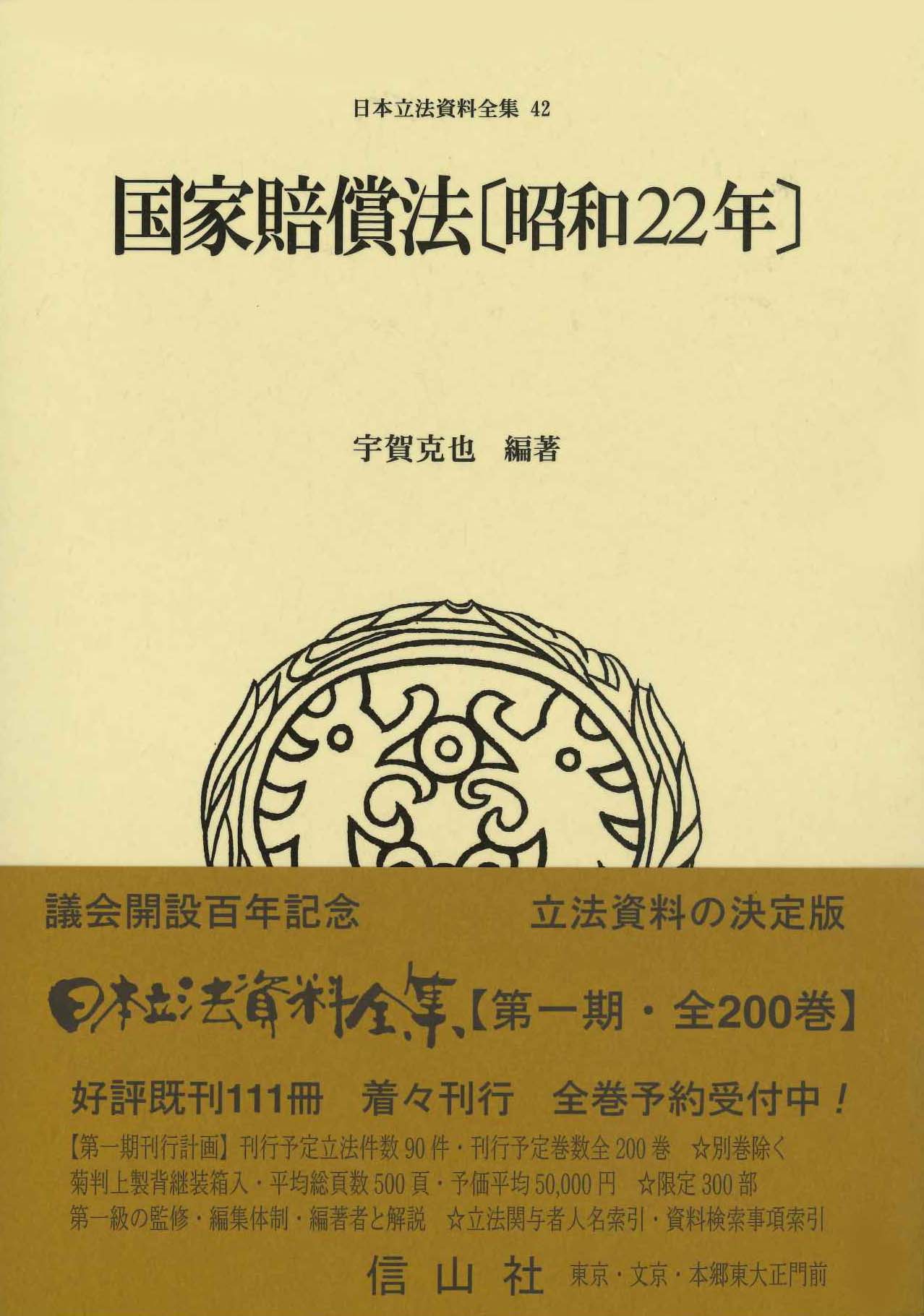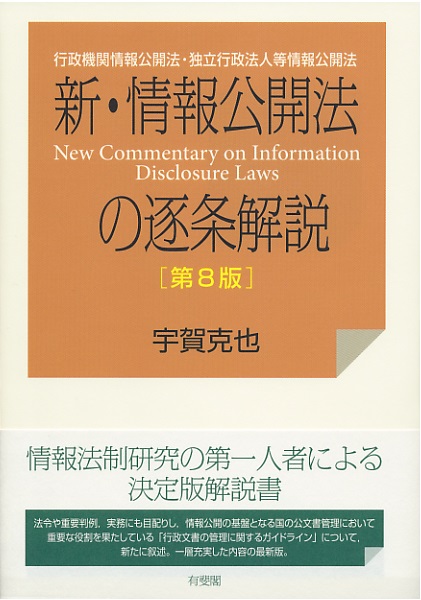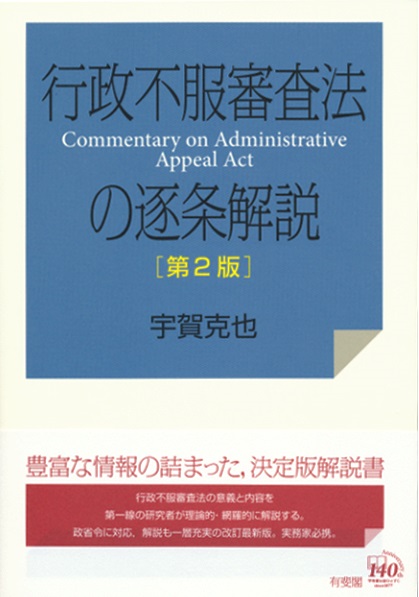
Title
Jichitai no tame no Kaisetsu Kojin-Joho Hogo-Seido [Revised Edition] (Commentary for Local Governments: Legislation for the Protection of Personal Information)
Size
316 pages, A5 format
Language
Japanese
Released
December 21, 2022
ISBN
978-4-474-09008-8
Published by
Dai-Ichi Hoki Col., LTD
Book Info
See Book Availability at Library
Misc.
Book info has been updated according to the latest edition (March 2023)
Japanese Page
In many cases, the execution of duties by local governments involves the handling of residents’ personal information. Knowledge regarding the protection of personal information is extremely important to all local government employees, even those who do not belong to departments or sections with jurisdiction over local ordinances regarding the protection of personal information. It is essential that all local government employees possess a basic knowledge regarding the protection of personal information. With this in mind, this book explains issue related to the protection of personal information for all individuals involved in the local government work.
Part 1 explains the Act on the Protection of Personal Information. This Act applies to personal information held by local governments, thus understanding this Act is essential for officials of local governments That said, some local ordinances contain provisions that differ from those of the Act. Accordingly, in addition to understanding the Act, local government employees must confirm if and how the local ordinances adopted by their respective local governments differ from the Act.
Part 2 deals with special laws related to the protection of personal information. Chapter 1 explains the Act on the Use of Numbers to Identify a Specific Individual in Administrative Procedures (nicknamed the “My Number Act”). Given that many departments in local governments deal with numbers that identify specific individuals and the fact that governments are moving towards expanded use of ID numbers, understanding of this Act is increasingly important for local governments. Chapter 2 deals with the use and protection of personal information in the context of disaster prevention and administration. While, on the one hand, information identifying individuals as needing evacuation assistance during evacuation is sensitive, on the other hand, it is information that needs to be used to be able to provide evacuation assistance. It is indispensable that individuals involved in disaster prevention and administration understand how these two opposing needs are reconciled in the Disaster Countermeasures Basic Act (1961). Chapter 3 explains the Next-Generation Medical Infrastructure Act. Chapter 4 explains the revision history of the Basic Resident Registry Act with respect to the partial inspection of resident registries and the issuance of certificates of residence. Chapter 5 discusses the protection of personal information with regard to the scheme for inspecting excerpts from voter lists as stipulated in the Public Office Election Act. Chapter 6 deals with the Family Register Act. As a mechanism exists for third parties to request family registries, it is essential that individuals who deal with family registries have sufficient understanding of the protection of personal information. The chapter also explains that, in response to issues related to the protection of personal information stemming from the requests for copies of residence certificates and excerpts from family registries, an increasing number of local governments are putting in place systems to notify individuals when such requests are made. Chapter 7 discusses issues related to the balance between use and protection of geospatial information. While the Basic Act on the Advancement of Utilizing Geospatial Information stipulates that local governments formulate policies and assume the duty of executing such policies regarding the promotion of geospatial information, it also assumes the duty of providing measures for securing appropriate handling of person information. The protection of personal information related to geospatial information is also important for local government employees. Chapter 8 discusses how the calls for using and protecting personal information in the context of the Statistics Act can be reconciled.
(Written by UGA Katsuya, Professor, Graduate Schools for Law and Politics / 2018)



 Find a book
Find a book





